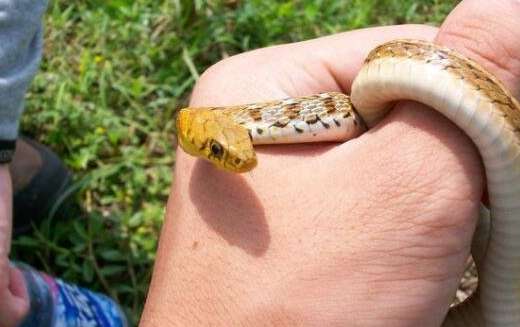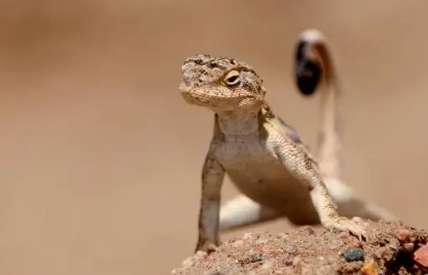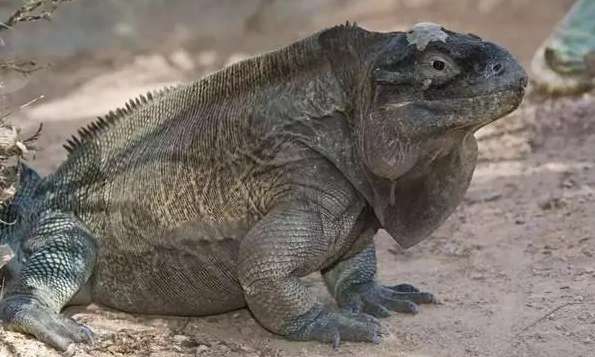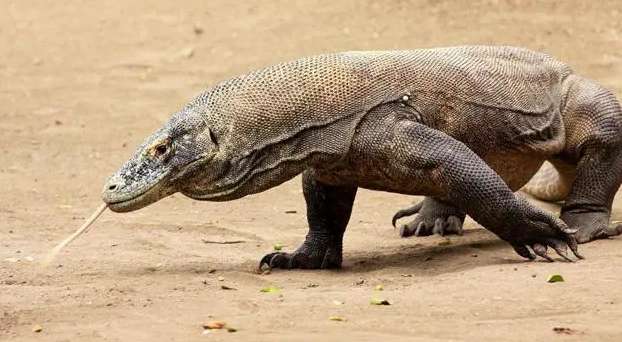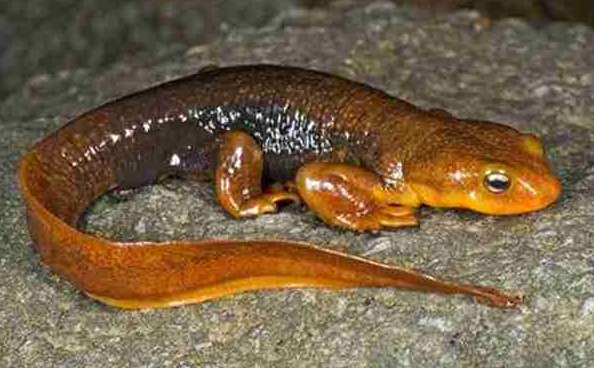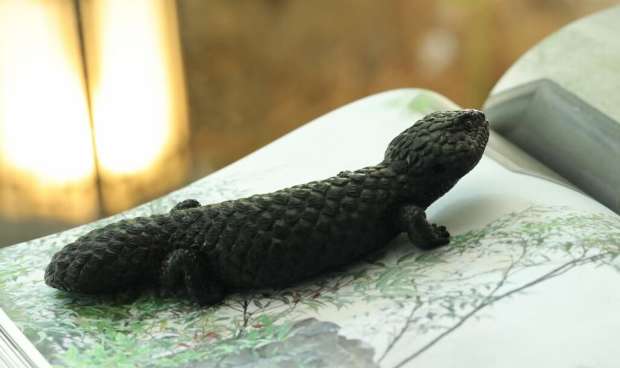Understanding the living habits of lizards is of great help to us in raising lizards. Keeping pets is to simulate their natural living environment as much as possible. If we know nothing about the iguana's living habits, we are bound to make all kinds of mistakes.
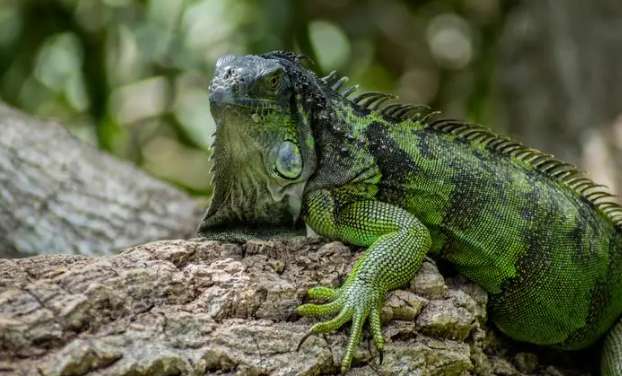
The daily habits of the green iguana are essential for the purpose of reproduction. Few
Green iguanas
1. Life habits
Most green iguanas live in the rainforests of Central and South America, and some come from drier areas. place or the coast. The ones we see in pet stores usually come from Colombia, Honduras, Peru, Mexico, and Suriname.
The young green iguana is very green and forms a protective coloration in the leafy area near the base of the rainforest where he lives. Their tails have brown stripes, and their backs have stripes and spots to adapt to their environment. Larger green iguanas will live in bright and dry areas higher up in the rainforest, while young green iguanas require a humid environment. All iguanas climb well, especially steep terrain that is completely vertical. In addition, green iguanas are also good swimmers. They will move their limbs close to their bodies and use the swing of their tails to propel themselves, just like crocodiles.
In the wild, green iguanas eat large amounts of green leaves, buds, flowers, and soft fruits. They also get water from rain and dew, but most of it comes from food. In the spring they feed on the leaves of legumes for a rich source of protein. No matter what the pet industry says, field and laboratory studies have shown that green iguanas are not omnivores, but herbivores, and this principle should also be followed when feeding (this does not mean that they will not eat insects or insects in the wild). It is carrion, but it does not mean that wild green iguanas will not look for animal protein. Captive green iguanas may often eat animal protein, however, in their original habitat they are vegetarians and have enough energy to digest high-fat foods. Strong digestive system due to fiber content. Feeding animal protein in captivity may cause kidney failure and thus early death).
Arrange its diet properly
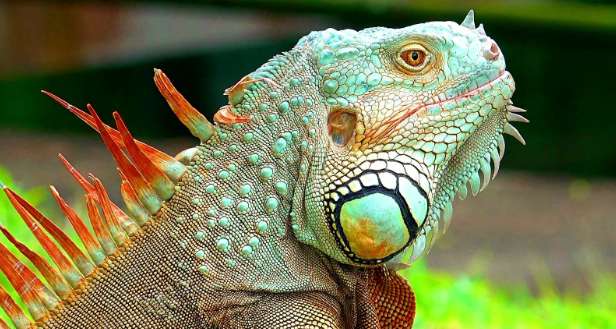
2. Work and rest routine
When in the early morning When sunlight hits the top of the rainforest, the iguanas move from their night roosts to branches where they can receive sunlight. After a few hours, their bodies are warm enough and they can begin to move around in search of food. After several hours of climbing and foraging, they return to the sundeck to enjoy the afternoon sun. They must have enough thermal energy to digest what they have eaten during the day before returning to their nests at night. During the day, green iguanas must always be on the lookout for larger threats of their own kind, as well as possible predators. Young green iguanas are usually at the bottom of the food chain, easily becoming omnivorous or carnivorous reptiles, large amphibians, birds and mammals. During the breeding season, male green iguanas will try their best to find females, while females generally avoid the overzealous male courtship offensive.
3. Life span of green iguanas
If raised properly, the life span of green iguanas can exceed 15 years, but we rarely see green iguanas with such a long life, then It's because green iguanas are not as easy to raise as those merchants say. The high mortality rate of green iguanas mainly comes from two main reasons: improper temperature settings and inappropriate diet. If handled properly, the lifespan of a green iguana will be much longer. Otherwise, our iguanas may face stunted growth, disease, deformity, or death.
